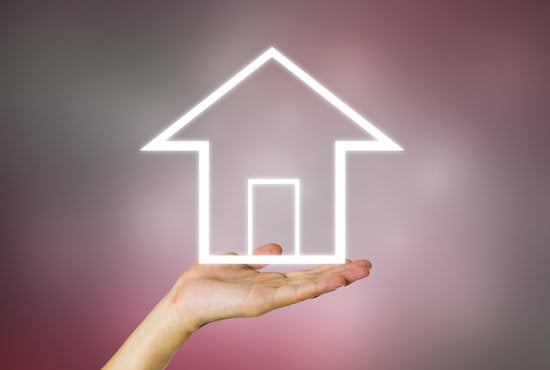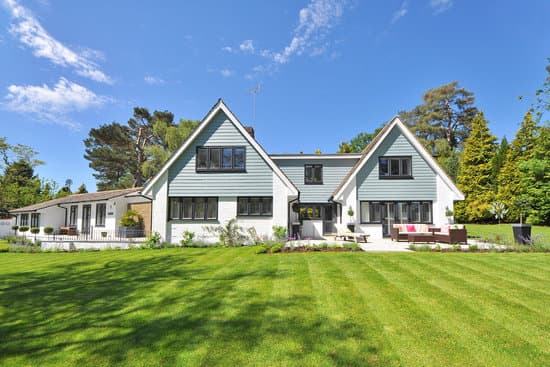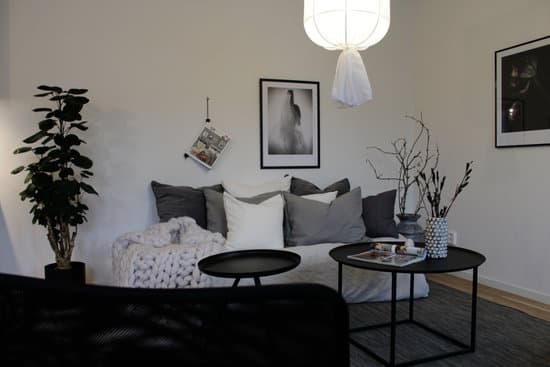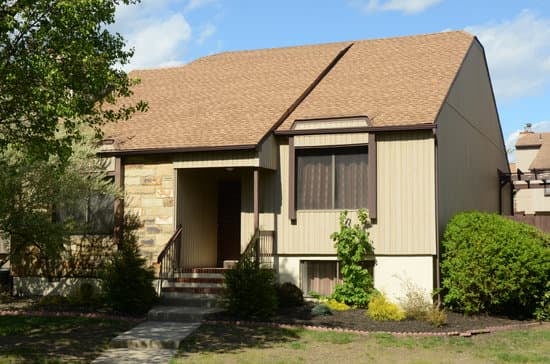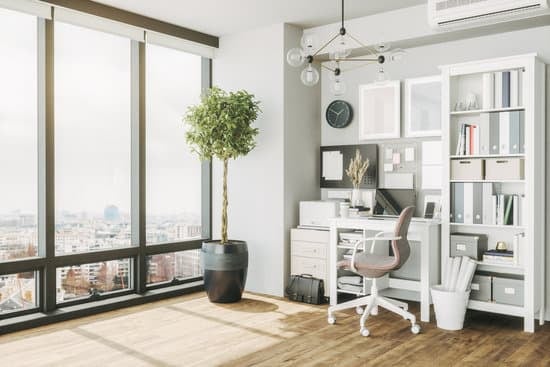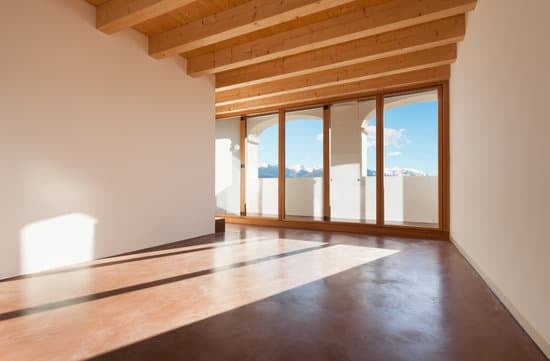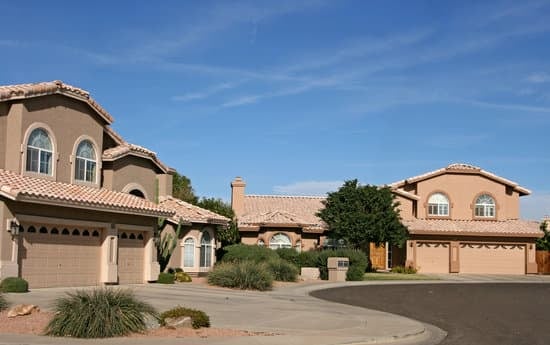Understanding the Basics: French Country and Modern Farmhouse Styles
When it comes to home design styles, two of the most popular options currently are French Country and Modern Farmhouse. While they may share some similarities, they also have distinct differences that make them unique. French Country style is known for its soft, airy, feminine elegance, while Modern Farmhouse style leans towards a cleaner, more defined look with a more casual aesthetic. French Country style takes inspiration from the French countryside, featuring a mix of rustic and refined elements that result in a homey yet sophisticated look. On the other hand, Modern Farmhouse style features sleek lines and simple shapes, emphasizing a functional, family-friendly design.Décor Elements Used in French Country Design
If you’re going for a French Country style, the following décor elements will add charm and grace to your home:- Toile fabrics
- Floral patterns
- Antique or vintage accents
- Curvy furniture designs
- Patina finishes on furniture or décor pieces
Décor Elements Used in Modern Farmhouse Design
For Modern Farmhouse style, simplicity is key. Some popular décor elements for this style include:- Shiplap walls
- Exposed beams
- Neutral color palette
- Minimalist décor
- Rustic elements like wood and metal








